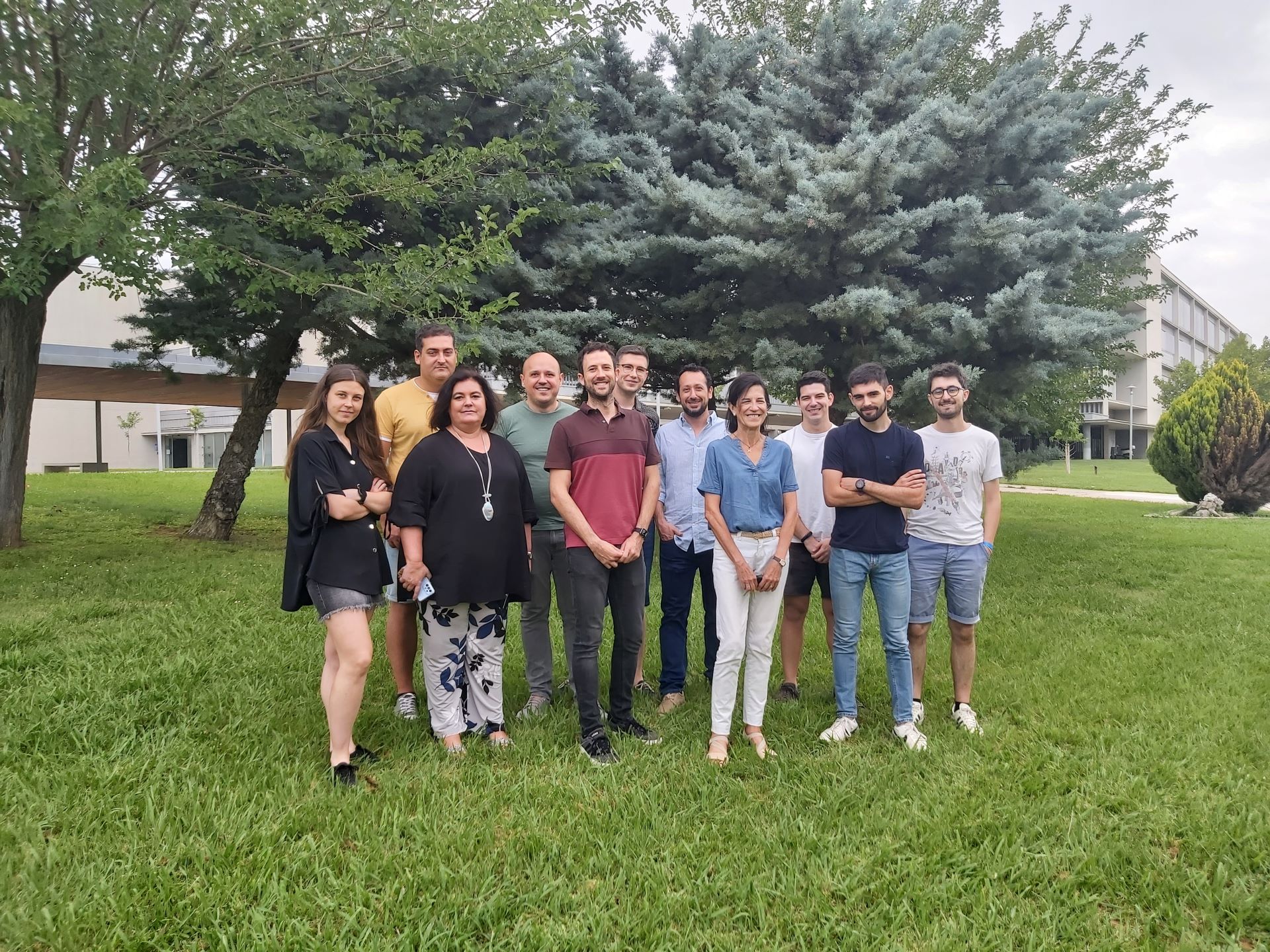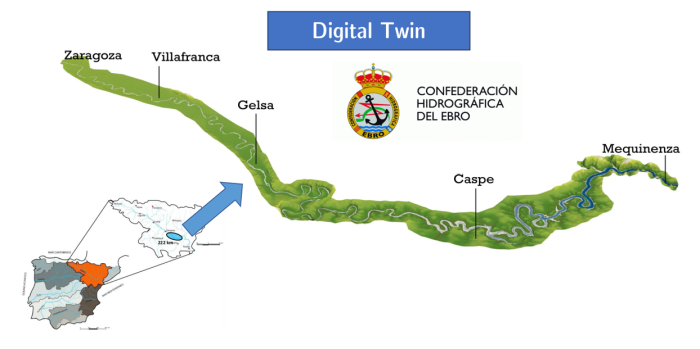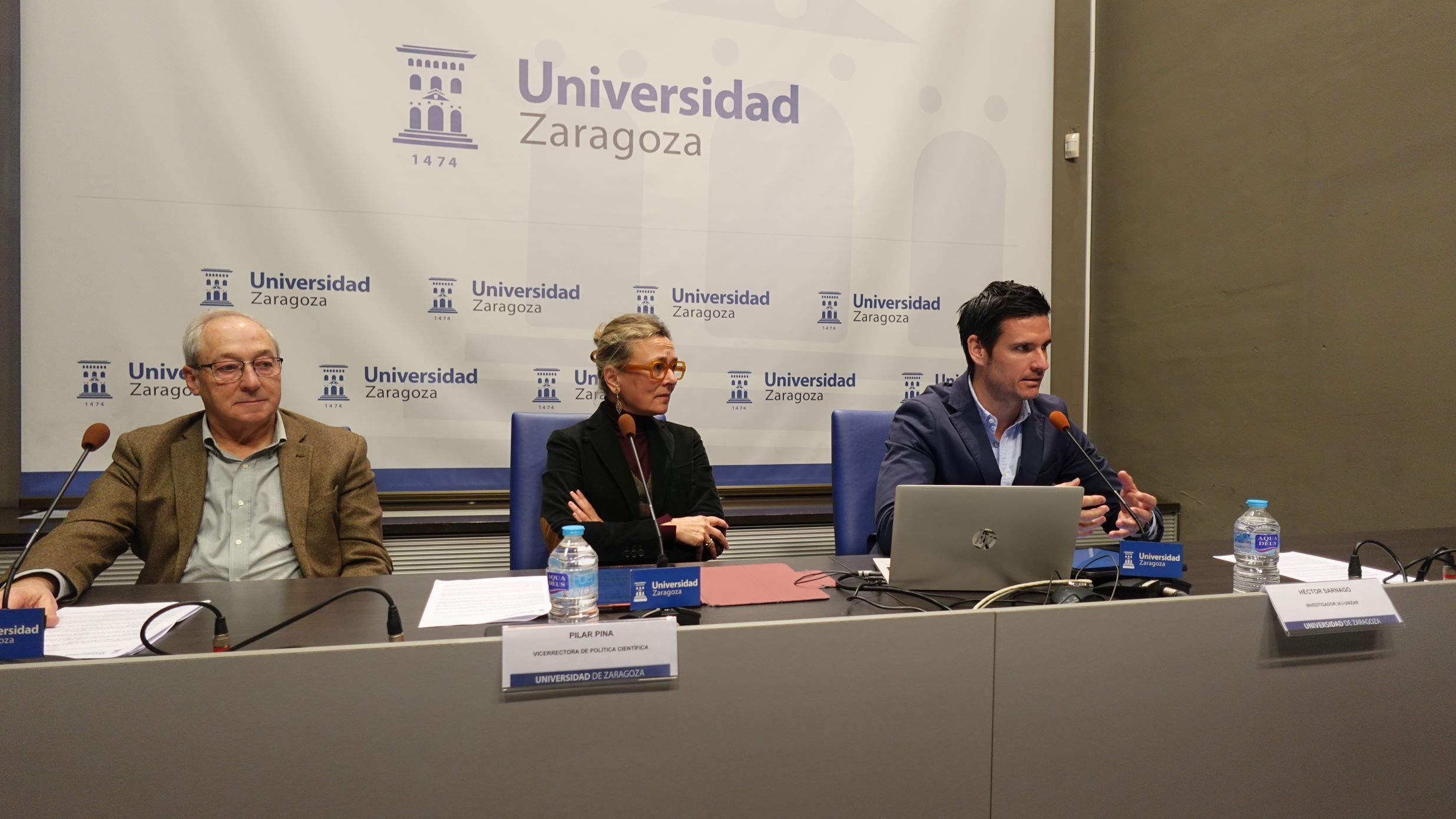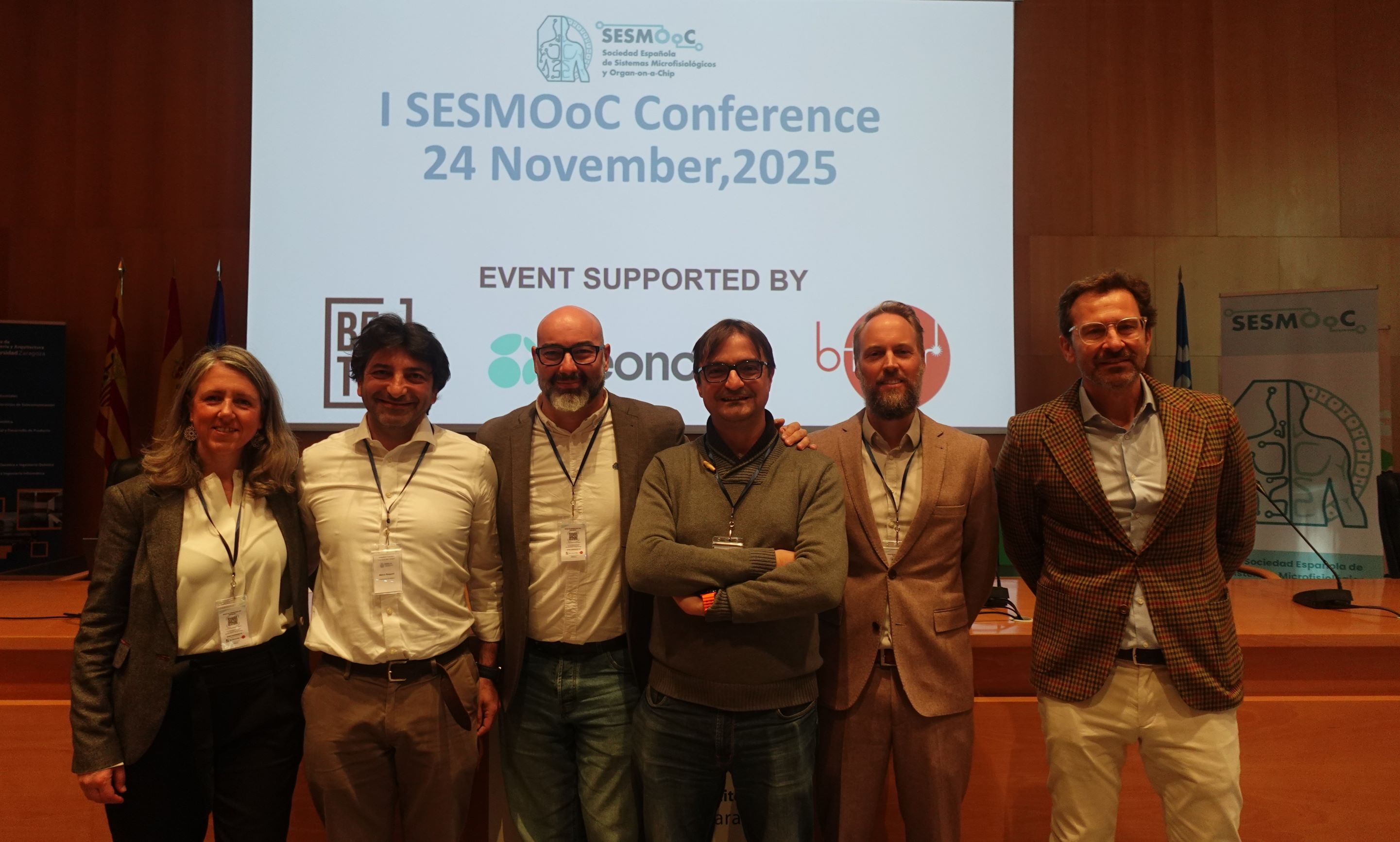
The Ebro River Basin Authority (Ministry for Economic Transition and the Demographic Challenge, MITECO) and the Computational Hydraulics - Fluidodynamic Technologies Group of the University Institute for Engineering Research of Aragon (I3A) of the University of Zaragoza have signed an agreement to improve a mathematical model for simulating floods in the middle stretch of the Ebro.
Drought and floods are the two extreme natural phenomena that the CHE plans and manages through laws and plans such as the Ebro Hydrological Plan and the Flood Risk Management Plan, as well as the Automatic Hydrological Information System SAIH Ebro and the Decision Support System, SAD Ebro.
The mathematical model simulates reality to predict what the next floods could be like and is developed by the Computational Hydraulics - Fluid Dynamic Technologies Group of the I3A.
This tool currently models flood traffic in a large part of the middle stretch of the Ebro, specifically between Tudela and Mequinenza. This middle stretch is particularly useful as it is a two-dimensional simulation tool.
In the middle stretch of the Ebro, with its large flood plains on its banks, the one-dimensional models do not manage to visualise the overflows of the riverbed in an optimal way, making it difficult to make a realistic prediction of the transit of the floods and to better anticipate all their effects.
The results obtained with the new tool already applied by the CHE and the I3A have been very satisfactory and for this reason its use will be extended to other stretches of the Ebro basin.
In addition, a number of improvements have been proposed to be included in the prototype so that it can more closely reproduce the physical processes that take place in these sections and thus obtain higher quality and more accurate results.





